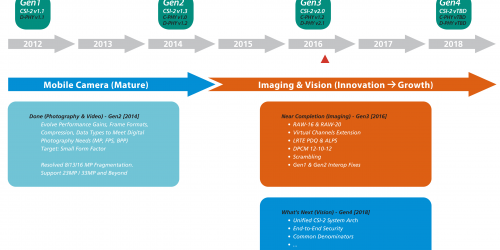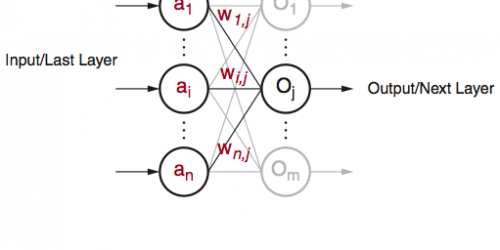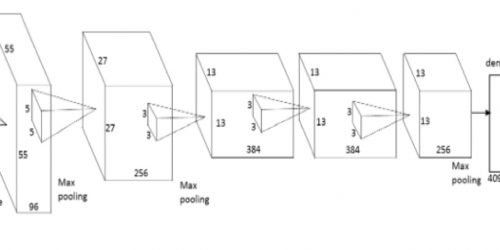“Caffe to Zynq: State-of-the-Art Machine Learning Inference Performance in Less Than 5 Watts,” a Presentation from Xilinx
Vinod Kathail, Distinguished Engineer and leader of the Embedded Vision team at Xilinx, presents the "Caffe to Zynq: State-of-the-Art Machine Learning Inference Performance in Less Than 5 Watts" tutorial at the May 2017 Embedded Vision Summit. Machine learning research is advancing daily with new network architectures, making it difficult to choose the best CNN algorithm […]





